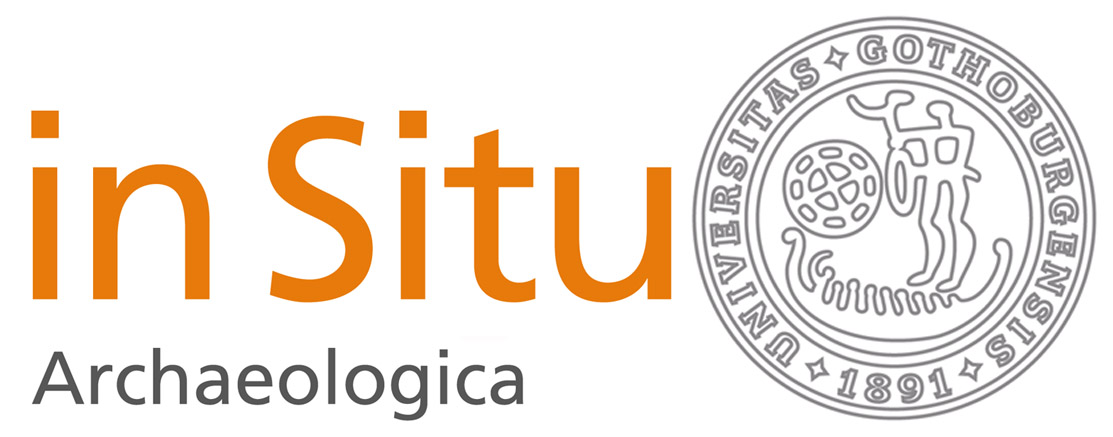Landscape Dynamics in the Sømmevågen Area
With Focus on the Last 8000 Years
DOI:
https://doi.org/10.58323/insi.v14.9502Abstract
This study is based on stratigraphical descriptions, radiocarbon dates and pollen records obtained in connection with three archaeological excavations ( Sømme III, Einargården and Sola Airport ). The combined data are used to infer local sediment distributions in a transect between the study sites ( approx. -5 to 10 m.a. s. l. ) and subsequently to infer landscape dynamics over the last 8000 years in the Sømmevågen area, southwestern Norway. The stratigraphy and the analyses show that natural processes dominated the environmental impact until c. 500 BC, after which, human activities related to an expanding agrarian society seemingly became a more important factor. The inferred landscape development provides an example on how human/ nature interactions can change over time and how on-site stratigraphical analyses can contribute to the understanding of archaeological sites and their surroundings.
Downloads
Downloads
Published
How to Cite
Issue
Section
License
Copyright (c) 2020 Erik Daniel Fredh

This work is licensed under a Creative Commons Attribution 3.0 Unported License.
Authors contributing to In Situ Archaeologica agree to publish their articles under a Creative Commons License. This gives third party different rights to use the material under certain conditions. These rights is defined by which license the article is published and it is the third partly responsibility to ensure that the license is fullfilled in any re-use of the material. Authors always retain copyright of their work and any re-use of the material presumes that appropriate credit is given the author, a link is provided to the license, and any changes made are clearly indicated.



